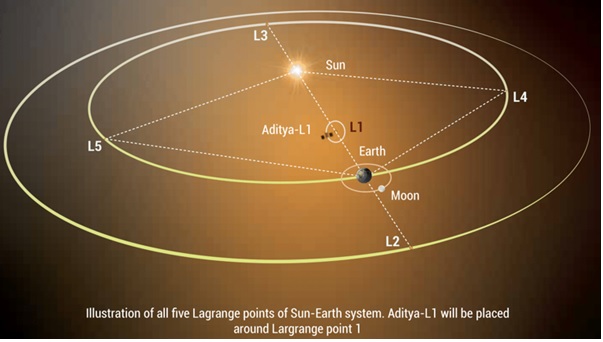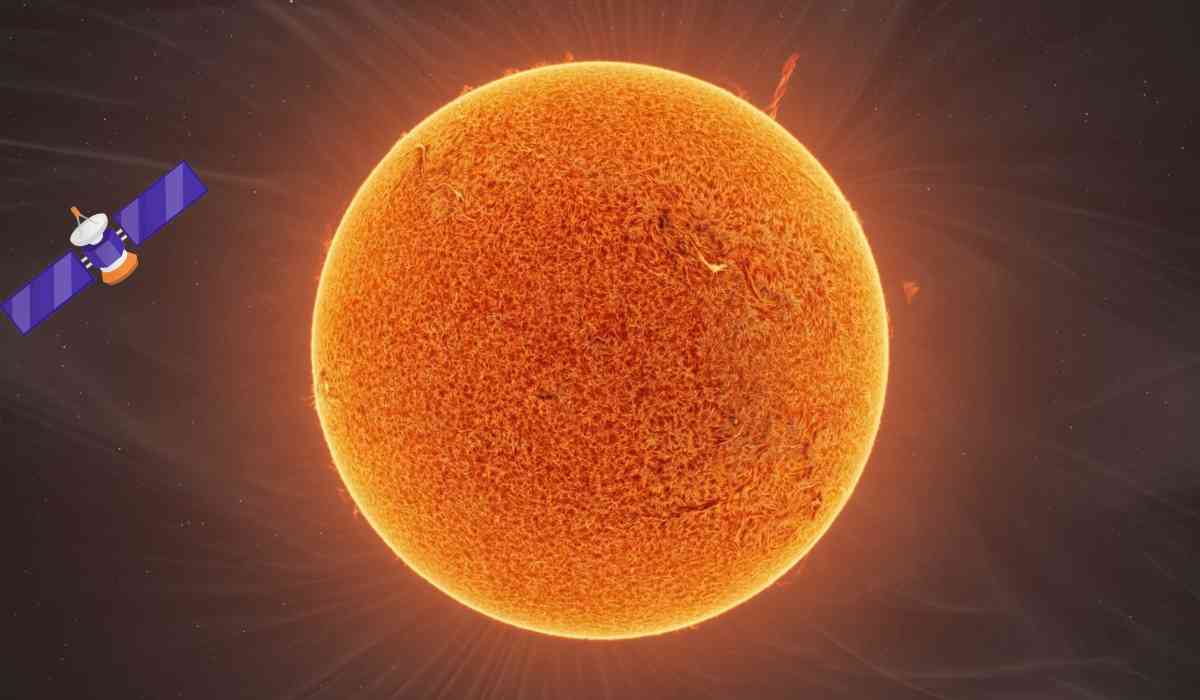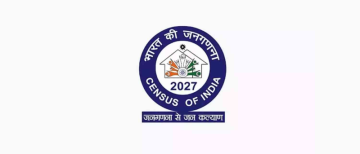At 4 p.m. on Saturday, India will witness one of the most significant celestial adventures, as the Indian Space Research Organisation (ISRO) will inject Aditya-L1, the country's first solar mission, into its final orbit, approximately 1.5 million kilometres from Earth.
ADITYA-L1 Mission Details
- Aditya-L1 is a satellite aimed to study the comprehensive study of the Sun. It has 7 distinct payloads developed- Five by ISRO and two by Indian academic institutes in collaboration with ISRO.
- In Sanskrit, 'Aditya' means the Sun and L1 here refers to Lagrange Point 1 of the Sun-Earth system. To understand, L1 is a location in space where the gravitational forces of two celestial bodies, such as the Sun and Earth, are in equilibrium. This allows an object placed there to maintain a relatively stable relationship with both celestial bodies. The Lagrange points are named after French mathematician Joseph-Louis Lagrange, who first studied them in the 18th century.
- Aditya-L1 will remain 1.5 million kilometres away from Earth, directed towards the Sun, which is about 1% of the Earth-Sun distance. Aditya-L1 would study the outer atmosphere of the Sun which is a giant sphere of gas. It will neither land on the Sun nor approach the Sun any closer.
- After the United States, India will be the second country to send a spacecraft to this point. The Solar and Heliospheric Observatory (SOHO) mission was the only joint probe between NASA and the European Space Agency (ESA).

Photo: ISRO/ Aditya L1
Main Purpose of Aditya-L1
The major objectives of the Aditya-L1 mission are to study Solar upper atmospheric (chromosphere and corona) dynamics, Study of chromospheric and coronal heating, physics of the partially ionized plasma, initiation of the coronal mass ejections, and flares.
Important dates of Mission
| SUN MISSION TIMELINE | |
| Sept 2 | Aditya-L1 was launched from the Satish Dhawan Space Centre, Sriharikota |
| Sept 3- 15 | Aditya-L1 conducts four Earth-bound |
| Sept 18 | Aditya-L1 begins the collection of scientific data |
| Sept 19 | Starts travel to the Sun-Earth L1 point |
| Sept 30 | The spacecraft exits the Earth's gravitational field |
| Dec 1 | Solar Wind Ion Spectrometer (SWIS) in the Aditya Solar Wind Particle Experiment (ASPEX) payload becomes operational |
| Dec 8 | SUIT payload captures full-disk images of the Sun near-ultraviolet wavelengths |
| Jan 6 | Aditya-L1 to enter into the final orbit |
© Copyright 2023. All Rights Reserved Powered by Vygr Media.
























